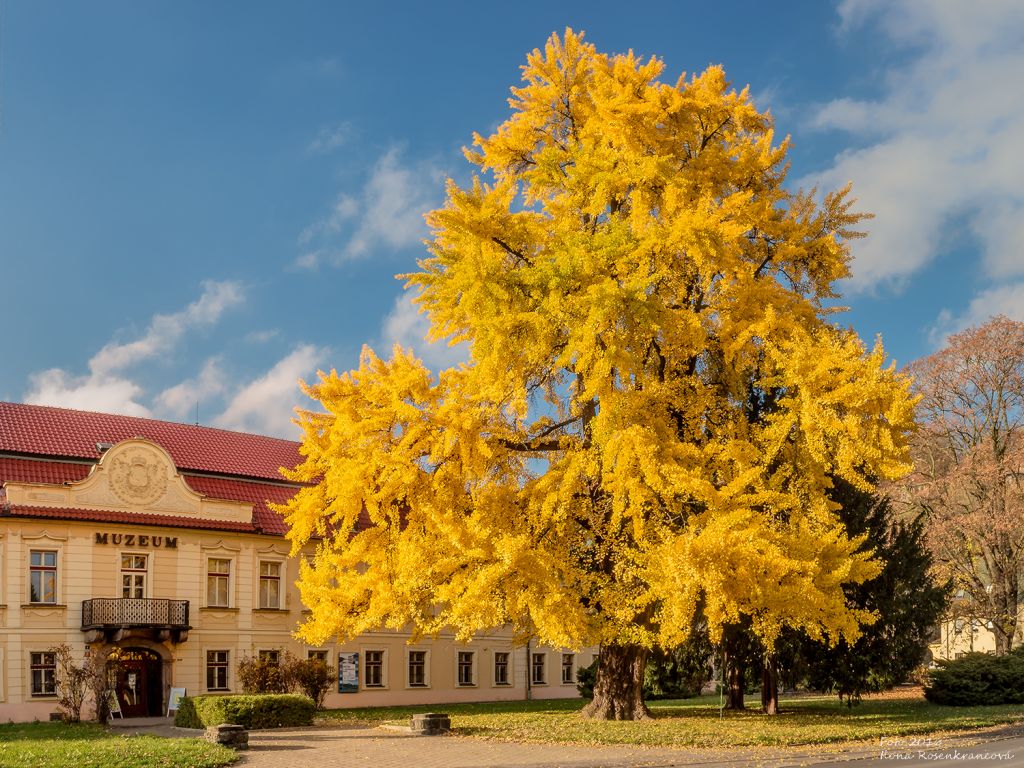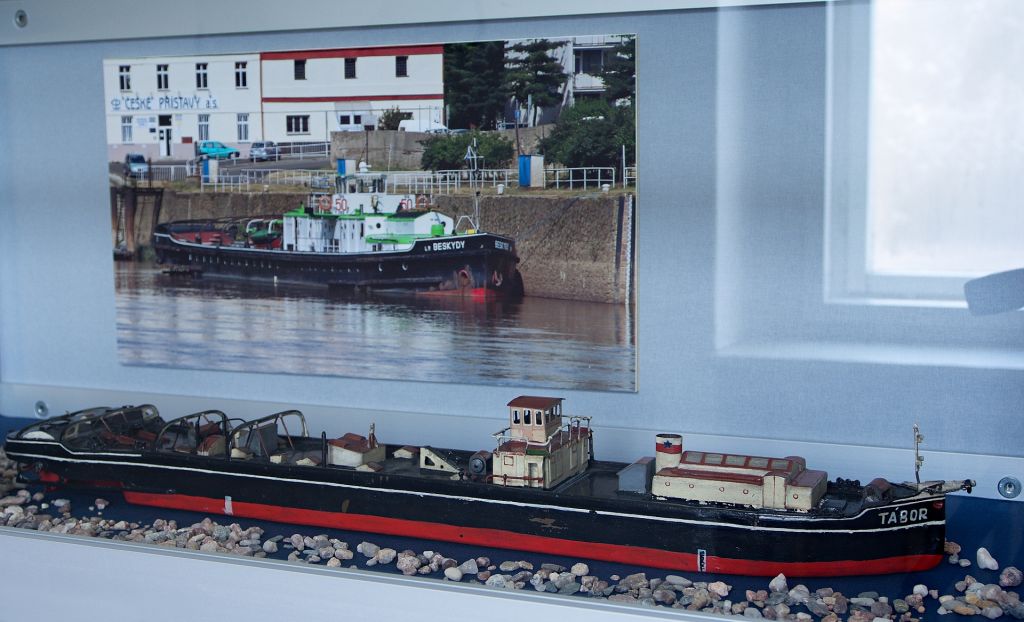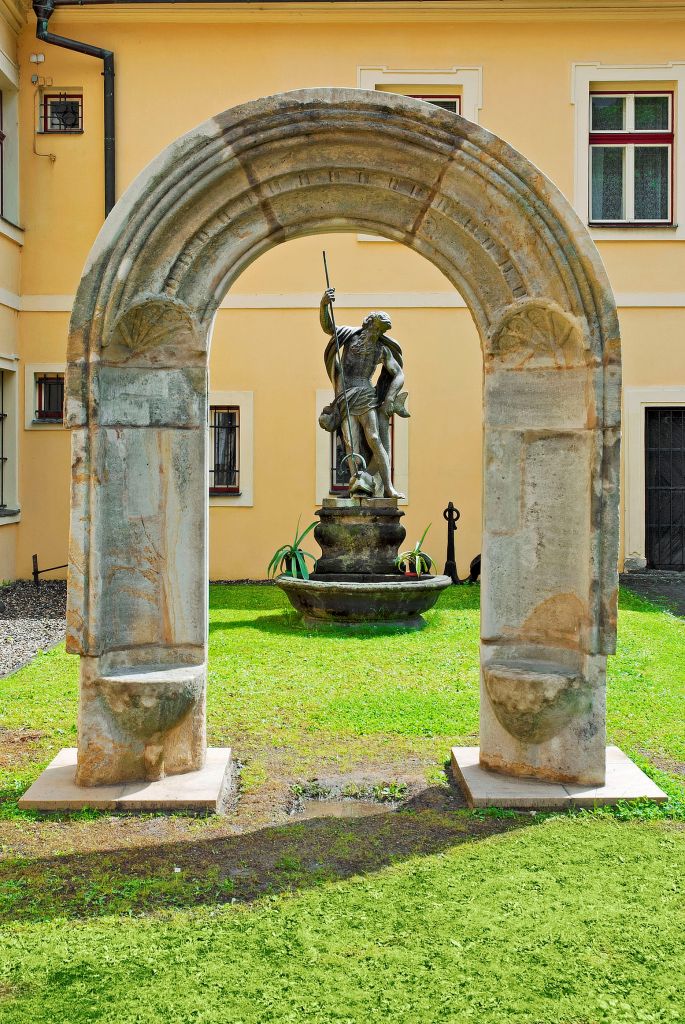Váš prohlížeč je zastaralý!
Pro správné zobrazení těchto stránek aktualizujte svůj prohlížeč.Aktualizovat prohlížeč nyní
Decin Museum
The Decin District Museum offers visitors a look at a cross-section of its fine collections in its quarters in the historic building of the Thun-Hohenstein hunting chateau, which dates from the early 18th century. It is the only museum in the country with an exhibit dedicated to the development of water traffic on the Elbe. Exhibits reach into the city’s most distant past, and include artifacts from archeological digs.

Development of Elbe Shipping
Dozens of models present the development of watercraft construction on the Elbe in a completely refurbished exhibit dedicated to the history of Bohemian water traffic. New information has been incorporated into the installation and the original exhibit expanded to create an experience unparalleled in the Czech Republic.
Visitors will learn about the development and growth of shipping over the centuries, waterway engineering, and the natural environment in the river valley. The installation introduces important milestones such as the introduction of the steam engine, the creation of the Elbe waterway authority, and modern construction, and looks at the importance of water transport as a whole. History comes to life in images from the museum archives and private collections enhanced with text.
The museum library contains one of the largest collections of material on water traffic and a vast photographic archive of river craft, historic waterways maps for the Elbe and Moldau rivers, construction plans and blueprints, and a wealth of original items documenting this form of transport.

Town on the Meadow
The Town on the Meadow exhibit introduces visitors to the earliest history of Decin. Long-term research based on excavations in the 1980s on the meadow below Decin Castle have enabled archeologists to document the town’s first settlement. The exhibit presents findings from original research into the medieval town, founded in the mid 13th century and abandoned less than a century later, when the populace moved to the other side of the castle rock in Decin. In addition to artefacts from the digs, there is a reconstruction of the settlement itself, its houses and streets, which sheds light on the earliest years of Bohemian settlement as it has not been preserved elsewhere.
Gothic Art in Decin
The oldest regional art works in the museum collections are now on display in a remodeled exhibition space. The exhibit reopening is accompanied by a new full-color catalog featuring detailed descriptions and stunning photographs of the works, produced by leading Czech experts in the area of Gothic art. This permanent exhibition has been prepared in cooperation with the North Bohemian Gallery of Fine Art in Litomerice.
Local Birdlife
Children love the museum’s bird exhibit. The installation features common and lesser-known birds living in the area on display in lighted cabinets and includes recorded birdsongs.
Courtyard Lapidarium
The museum courtyard is home to a statue garden, or lapidarium, where visitors can view sculptural relics from Decin’s fallen monuments. Of special interest are a stone carving of the emblem of the lords of Bünau dating from the 16th century, a grave marker for Count Lev Thun, an absolution cross made in the 15th century, and remnants of columns from Decin’s Loreto chapel. A central place is occupied by a Renaissance portal, removed here when the restaurant on Quaderberg was demolished. It frames a statue of Arion of Corinth from the now defunct Dolni Zleb spa. The collection includes stone family crests, border markers, and mill wheels. A huge, metal statue of Lenin stands in the lapidarium rear section, a reminder of the not so distant past.

Decin Museum presents a broad selection of temporary exhibits on a variety of subjects and hosts cultural events and programs for school groups. In addition, it offers occasional tours of the rear-paddle-wheeler Beskydy. In partnership with the boat’s owner, the Waterways Authority of the Czech Republic, the project presents a living technological landmark, right on the river Elbe. Dates and docking locations can be found on the museum website.
Visit the museum online at www.muzeumdc.cz.
Thanks to your contributions, Děčín can also be admired online. Tag Instagram photos with #idecin and we'll show them here.